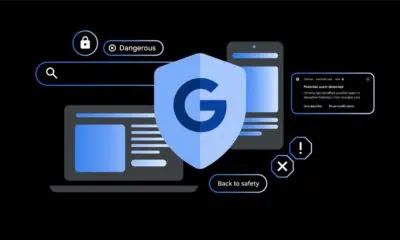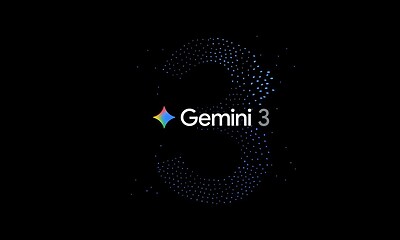Google unveils offline AI model for standalone robots
It runs directly on the robot’s hardware, removing the need for constant communication with online servers.

Just a heads up, if you buy something through our links, we may get a small share of the sale. It’s one of the ways we keep the lights on here. Click here for more.
Google DeepMind has announced a new language model called Gemini Robotics On-Device, which allows robots to run tasks locally without needing an internet connection.
This means robots can function independently and securely, even in places with poor or no internet, like warehouses, hospitals, or remote work sites.
This new model builds on the original Gemini Robotics, which was launched in March 2025 and required cloud access.
The key upgrade here is that the “On-Device” version runs directly on the robot’s hardware, removing the need for constant communication with online servers.
This makes the robot faster, more reliable, and more private in its operations.
Developers can use simple natural language instructions, just like talking to a person, to guide and customize how the robot behaves.
According to Google, this new model performs almost as well as its cloud-based version and beats other similar on-device models, though it didn’t name those competitors. (Via: TechCrunch)
In a demonstration, Google showed robots using the new model to perform real-world tasks like unzipping bags and folding clothes.
The system was originally designed for ALOHA robots, but Google says it also worked well with other types of robots, including the Franka FR3, which has two arms, and the Apollo, a humanoid robot from Apptronik.
Impressively, the Franka FR3 could handle tasks it hadn’t been trained on before, like working on an industrial assembly line.
To help developers train robots for new tasks, Google also released a Gemini Robotics SDK.
Using this, developers can show a robot just 50 to 100 examples of a task in a simulation called MuJoCo, and the robot can learn how to perform it. Other companies are also pushing into robotics powered by AI.
Nvidia is developing tools for humanoid robots, Hugging Face is building open-source models and even making its own robots, and South Korean startup RLWRLD is also working on foundational robot models.
Like the idea of advanced offline models for standalone bots? Do you see yourself owning any in the future? Tell us below in the comments, or via our Twitter or Facebook.






























